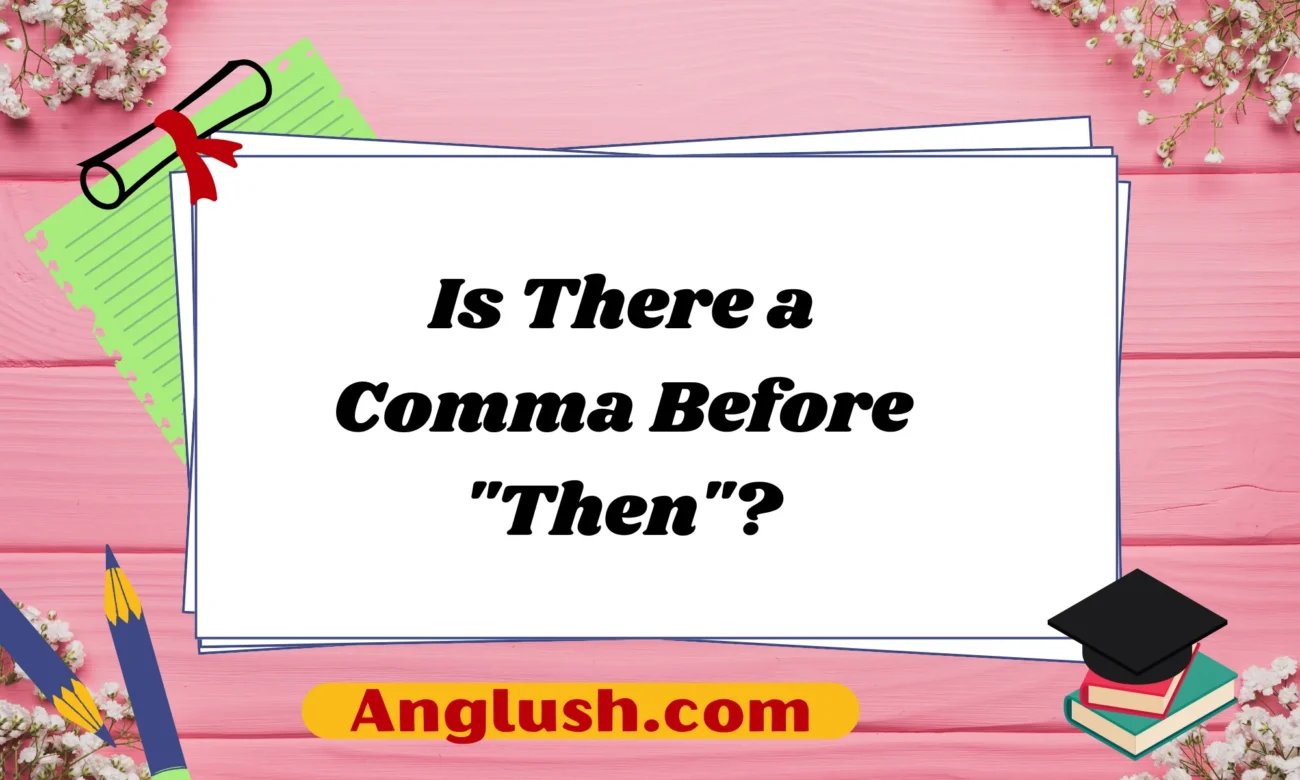Understanding the Role of “Then” in a Sentence
The word “then” is one of those tricky adverbs that often confuses writers when it comes to comma placement. It can serve multiple functions in a sentence, including as a temporal marker, a consequence indicator, or even as a coordinating element. Understanding when to use a comma before “then” requires a closer look at how it is being used in the sentence.
When Should You Use a Comma Before “Then”?
1. When “Then” Functions as a Conjunctive Adverb
If “then” is used to connect two independent clauses, a comma is generally required before it. This is because it acts similarly to transitional words like “therefore” or “however.”
Example:
- She studied hard, then she passed the exam.
- We went to the park, then we grabbed some ice cream.
In these cases, “then” is linking two independent thoughts, and the comma helps maintain readability.
2. When “Then” Appears in a Series
If “then” appears in a sequence of events, a comma may be used depending on clarity and style.
Example:
- First, we will eat lunch, then we will go to the movies.
- He ran to the store, then to the bank, and finally home.
In a series, a comma before “then” can enhance readability, but it is not always mandatory.
3. When “Then” is Parenthetical
When “then” is used as an aside or an interjection in a sentence, it is often set off by commas.
Example:
- Well, then, let’s get started!
- If that’s the case, then, we should reconsider our plan.
Here, the commas help to emphasize the parenthetical nature of “then.”
When Should You NOT Use a Comma Before “Then”?
1. When “Then” Joins Two Independent Clauses Without a Coordinating Conjunction
A common mistake is to assume that “then” alone can serve as a conjunction. Unlike “and” or “but,” “then” does not function as a coordinating conjunction, so a comma before it is often incorrect if it is linking two independent clauses without another conjunction.
Incorrect:
- She packed her bags, then left for the airport.
Correct:
- She packed her bags and then left for the airport.
2. When “Then” is Used as a Simple Adverb
If “then” is simply acting as an adverb modifying a verb or an adjective, a comma is not needed.
Example:
- He will call you then.
- We can discuss it then.
In these cases, adding a comma would be unnecessary and would interrupt the natural flow of the sentence.
10 Texting Examples Using “Then” Correctly
- “I’ll finish my work, then we can meet up.”
- “She said she’ll be here at 5, then we’ll head out.”
- “Finish your homework, then you can watch TV.”
- “Let’s grab some coffee, then go for a walk.”
- “He ran out the door, then realized he forgot his keys.”
- “We can go to the store first, then grab some lunch.”
- “I’ll let you know my decision, then we can discuss it further.”
- “She was nervous, then she took a deep breath and started her speech.”
- I’ll send you the details, then you can confirm the meeting time.”
- “They packed up their things, then headed to the airport.”
Conclusion
Understanding when to use a comma before “then” depends on the grammatical role it plays in a sentence. If it joins independent clauses, introduces a series, or is used parenthetically, a comma is usually necessary. However, if it simply functions as an adverb modifying a verb, a comma is not required. By applying these rules, you can ensure your writing remains clear and grammatically correct.

